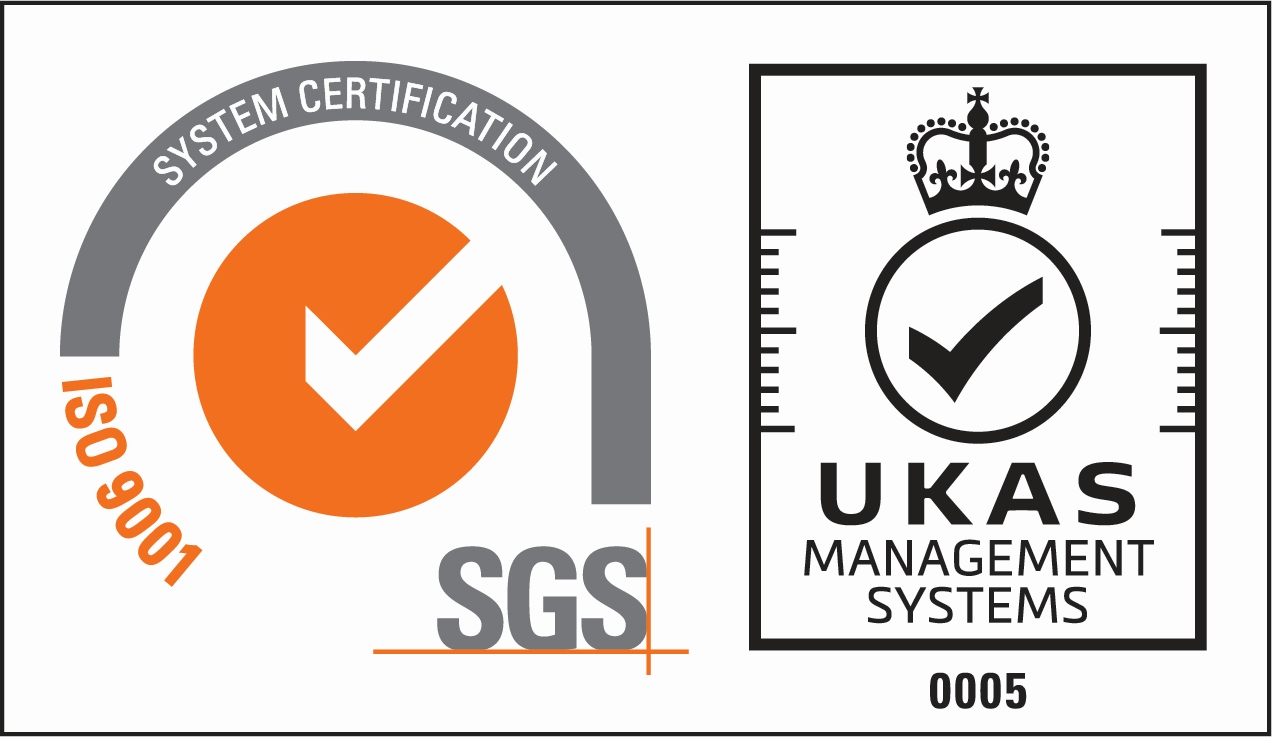Probabilistic Pantograph Gauging
D/Gauge has championed a new methodology called Probabilistic Pantograph Gauging, which is saving millions of pounds in project costs on electrification schemes.
What is Probabilistic Pantograph Gauging?
Traditional gauging includes a level of conservatism which is essential to maintain safety along the railway.
Compared to traditional gauging, probabilistic pantograph gauging can refine some of the normal tolerances which are added to normal gauging calculations. These tolerances are extremely important and have been responsible for the relatively accident-free operation of rolling stock on the UK network. Tolerances are usually applied in the absence of extremely detailed information, to minimise the chance of striking. This keeps users and operators of the railway safe.
Whilst tolerances are important, they reduce the ability for expansion and growth on the railway. Working with traditional clearance results or to gauge size restricts larger rolling stock for passengers and freight, and the implementation of Overhead Line Electrification (OLE) systems.
Rather than use a conventional ‘rule-based’ approach to gauging, the methodology is intrinsically linked to a ‘Monte Carlo’ event generator which can generate ‘events’ where tolerances are inside their prescribed bounds. Paired with D/Gauge’s capability to rapidly calculate clearances, it is possible to undertake 10,000 or more simulations and quickly generate a probability distribution of the results that would occur over this representative lifetime.
Success Story: Network Rail Scotland
Network Rail Scotland is required to decarbonise Scotland’s Railway by 2035. The use of D/Gauge’s Probabilistic Pantograph Gauging and Voltage Controlled Clearances (VCC) has realised a cost saving of £366m across the 1,800 Single Track Kilometres.
The work carried out by D/Gauge on circa 560 overhead structures (including bridges and tunnels) used modern, probabilistic engineering methodologies to establish where tighter clearances pose actual risks. Combined with VCC overhead systems, (which were extremely successful in the 2018 Andromeda test with Network Rail Scotland), the technologies have reduced the cost of electrification by £187,000 per single track kilometre. Alan Ross, Director Engineering and Asset Management for Network Rail shared the huge cost savings at a PWI conference in Glasgow, in April 2022.
At “Delivering the business case for Electrification”, the Permanent Way Institution event attendees heard how Probabilistic Pantograph Gauging and Voltage controlled clearances (VCC) techniques are reducing the cost of knocking down or modifying infrastructure. Using cutting-edge clearance methodology and technology, the work helped Network Rail eliminates structures which need partial or complete modification.
By using this technology to eliminate parts of the infrastructure that won’t require work, we can generate greater safety, environmental and programme efficiencies by reducing costs, time, and risk. Potentially, it also means minimising future disruption to both rail customers and local communities, as not needing to work on certain bridges or structures means less impact on the road network too.
£330m
Saved in project costs
560
Structures assessed
£187k
Saved per single track kilometre



